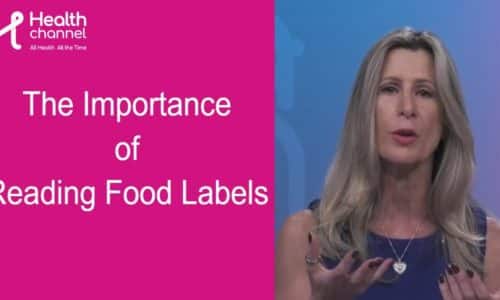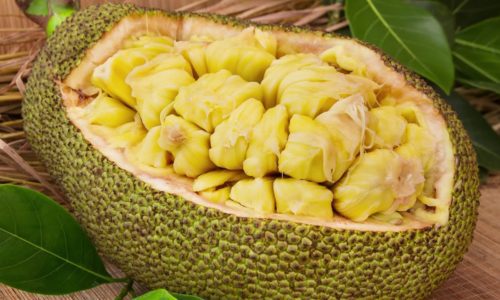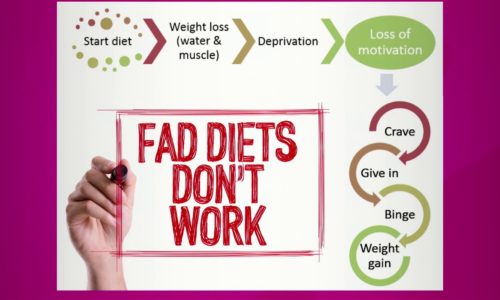What kind of salt is healthier? |

Salt is a normal part of most American’s daily lives. It is used in cooking to enhance flavor and appearance, preserving foods and meats, and found naturally in foods. Salt is a mineral comprised of sodium and chlorine, which are both essential for different functions in the body. Sodium is an electrolyte that regulates fluid in and outside of cells, controls blood pressure, and helps with muscle and nerve function. Chlorine is used in brain, nerve, and muscle function and helps remove toxins.
-
Refined Salt (Regular Table Salt)
-
Mined from salt deposits
-
Heavily ground to a fine texture with most impurities and trace minerals removed
-
Anti-caking agents usually added to avoid clumping
-
Can have iodine added to prevent iodine deficiency
-
Sea Salt
-
Obtained by the evaporation of seawater
-
Course texture with minimal processing leaving trace minerals like magnesium, potassium, iron, and calcium
-
Popular in restaurants and food companies – used as “all natural”
-
The darker the salt, the higher the trace minerals and impurities. Due to ocean pollution, can contain trace amounts of heavy metals and microplastics.
-
Himalayan Pink Salt
-
Mined in Pakistan near the Himalayas
-
Usually has a more course texture from minimal processing
-
Contains trace minerals potassium, magnesium, calcium and iron which give it its pink color. The pink color makes it more visually appealing.
-
Chefs use blocks of Himalayan pink salt as cooking surfaces and serving dishes
-
Kosher Salt
-
Complies with strict dietary standards of traditional Jewish law
-
Kosher salt usually comes as flakes, which makes it easy to spread on foods and it then dissolves into the food
-
Usually does not contain additives like iodine or anti-caking agents
-
Due to the texture, 1 teaspoon of kosher salt weighs a lot less than a teaspoon of table salt. Kosher salt cannot be equally substituted for other salts.
-
Elevate Blood Pressure
-
Increased Fluid Retention
-
Kidney Disease/Kidney Stones
-
Heart Failure/Enlarged Heart Muscle
-
Stroke
-
Headaches
-
Osteoporosis
-
Stomach Cancer
-
Read food labels – note serving size and number of servings per container
-
Very Low Sodium – 35 mg or less per serving
-
Low Sodium – 140 mg or less per serving
-
Choose more whole foods without added sauces or seasonings like fresh or frozen vegetables and fruits, whole grains like brown rice and quinoa, low fat dairy products, and fresh meats without added sodium.
-
Use lemon juice, herbs, peppers, and salt free seasonings when cooking
-
Taste food before adding salt
-
When eating out, read nutrition information if available, request no additional salt added to foods, ask for sauces/dressings on the side, and eat smaller portions (split meals, take half home)
If you have any more questions just Ask Hanna, our health advisors are here to help.
Libbi Calloway MS, RD, LD








